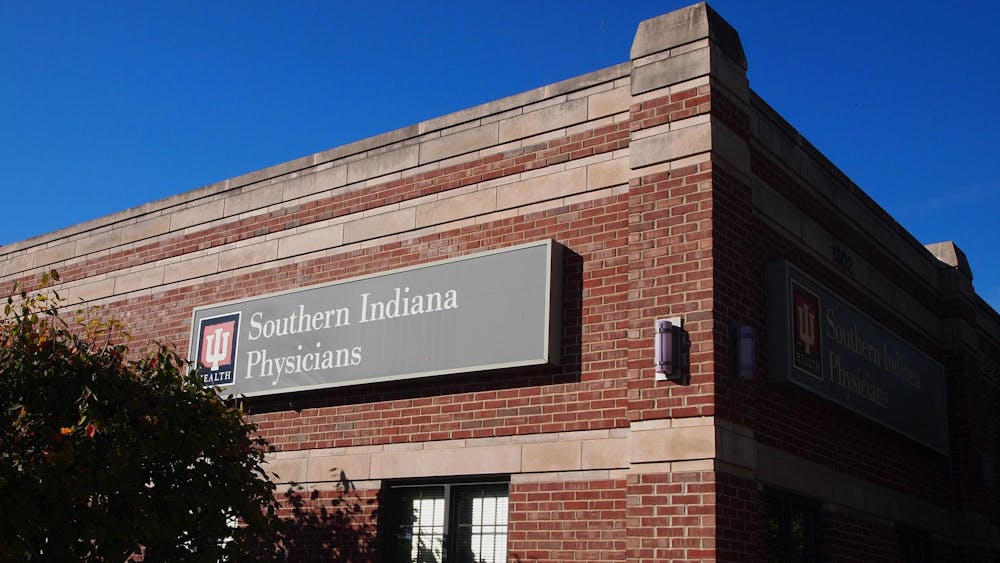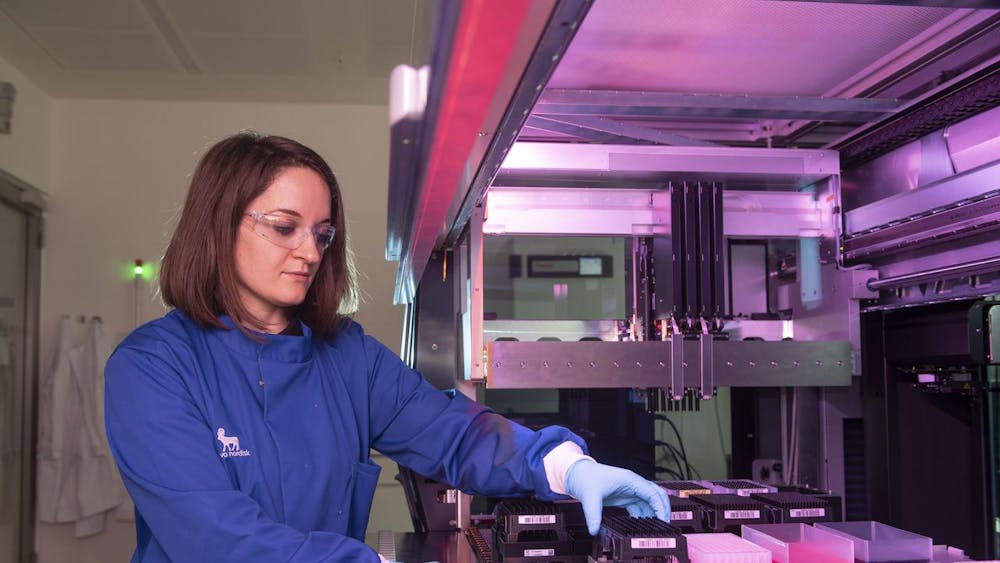The next time you stop at a fast-food restaurant to save some time, use those extra minutes earned from avoiding time in the kitchen to work out. A recent study by IU kinesiology researchers shows that exercise after a meal high in fat reverses the damage done to arteries and improves their overall elasticity.\nKinesiology doctoral student Juame Padillaand kinesiology professor Janet Wallace fed eight physically active adults either a high-fat breakfast or a low-fat breakfast. After both meals, the subjects walked on a treadmill for 45 minutes, then had their brachial artery, which behaves similarly to the coronary arteries, checked with an ultrasound machine. \nThe study found that brachial arteries were more dilated -- and thus healthier -- after the period of exercise in patients that had eaten the high-fat meal than they were before the meal. The brachial arteries of subjects that had eaten the low-fat meal was the same before the meal and after the period of exercise. \nRather than change society's eating habits, the researchers performed the experiment to emphasize the importance of physical activity on the body and show that the body can benefit from even the smallest amount of exercise.\n"We wanted to see the benefits of exercise and encourage people to exercise more," Padilla said.\nWallace said she was not surprised by the study's findings because fatty foods are known to compromise a person's arteries four to six hours after consumption, and she assumed exercise would counter the process, but she didn't know by how much. \n"A healthy artery, when stimulated, becomes bigger," Wallace said. "After exercise, we saw that the artery expanded even better than before the meal." \nThe peak point of a meal's effect on the arteries occurs four hours after eating, Wallace said. Subjects exercised two hours after the meal in an effort to minimize the damage. The subjects exercised for one hour, completing their exercise one hour before the worst damage could take effect.\nPadilla explained that the postprandial period is the time after a meal when food affects the body. Wallace said this period is important because of how much time a person spends in that period each day. It is a time when the environment of the body will prevent or create disease.\nAfter a high-fat meal, the arteries do not expand as much as they used to because of an increase in blood flow. Over time, the extra blood flow will put a strain on the arteries, causing them to stiffen, which could lead to heart disease and diabetes. \n"The process (of heart disease) takes a long time to create. The whole postprandial period is a new, emerging field in heart disease and diabetes," Wallace said.\nHeart disease is the No. 1 cause of death for those 65 years and older, according to the American Heart Association. Wallace said she hopes the study's findings will help aid the prevention of heart disease in the future. \n"We know that vitamins C and E will counteract the effects of the meal," she said, "but this (experiment) means a simple little walk after a meal will also counteract that."\nPadilla and Wallace said they plan to do follow-up research to answer lingering questions about other variables. Currently, they are looking for inactive people to see how exercise will change the function of their arteries. \nThe team also wants to determine how much time spent exercising is needed to make a significant difference with the body's arteries and how exercise before a high-fat meal affects arteries.
Exercise after fatty meals might reverse artery damage
Get stories like this in your inbox
Subscribe





